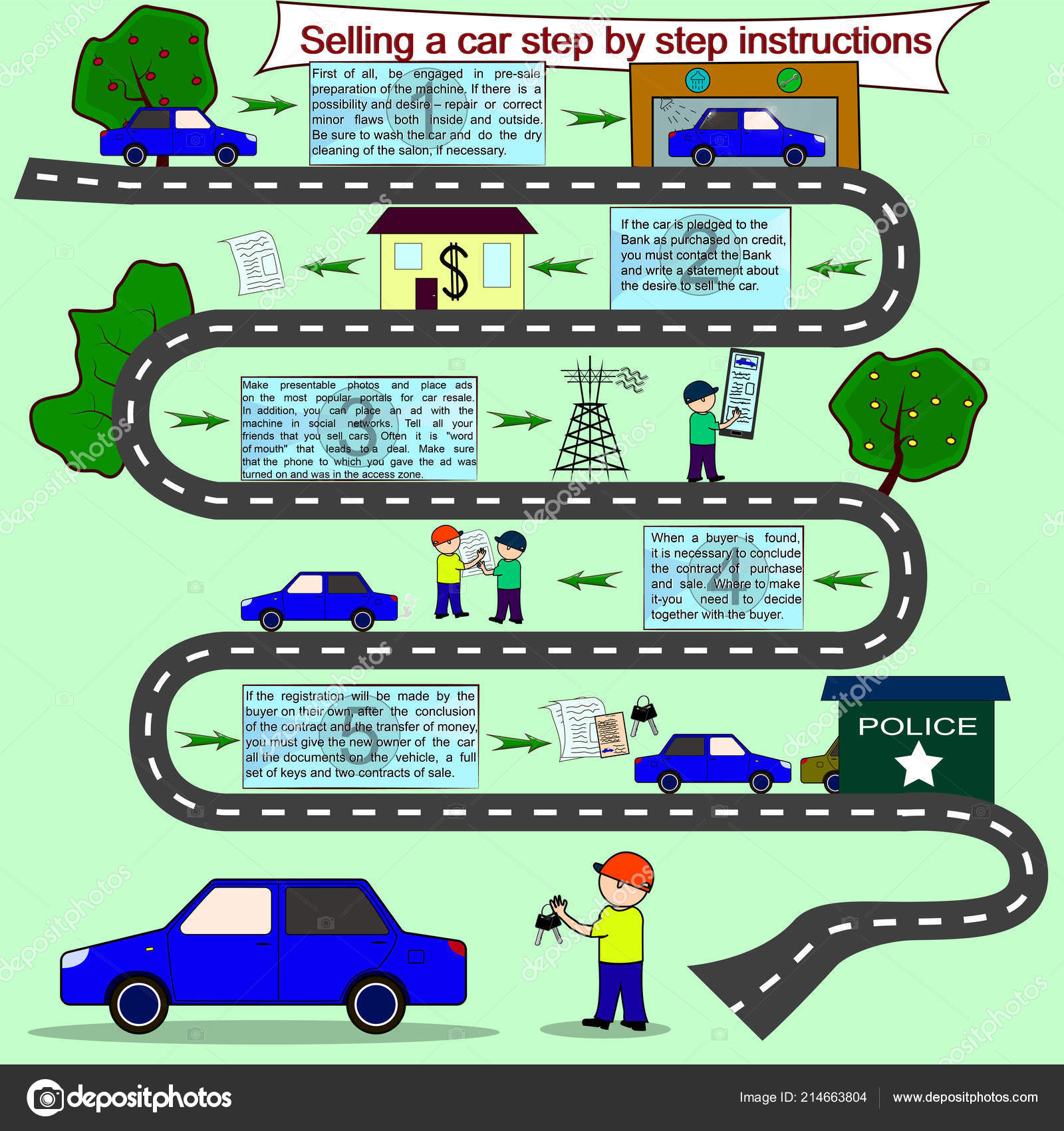Analyzing Your Vehicle'S Caution Indicators: What They Truly Share
Analyzing Your Vehicle'S Caution Indicators: What They Truly Share
Blog Article
Article Composed By-Termansen Shepherd
When you're behind the wheel, those glowing warning lights on your control panel can be a little bit puzzling. Do you recognize what they're attempting to tell you concerning your auto's health? Comprehending the relevance of these lights is essential for your safety and the durability of your car. So, the next time among those lights appears, would not you intend to decode its message accurately and take the required actions to resolve it?
Common Warning Lights and Interpretations
Determine usual caution lights in your cars and truck and recognize their definitions to ensure risk-free driving.
The most typical warning lights consist of the check engine light, which signals problems with the engine or discharges system. If this light comes on, it's essential to have your lorry examined promptly.
The oil stress cautioning light shows reduced oil stress, calling for prompt focus to stop engine damages.
A blinking battery light could suggest a damaged charging system, possibly leaving you stranded if not attended to.
The tire stress monitoring system (TPMS) light notifies you to reduced tire pressure, affecting lorry stability and gas performance. Disregarding this might lead to harmful driving conditions.
The abdominal muscle light suggests a problem with the anti-lock braking system, endangering your ability to stop swiftly in emergencies.
Finally, the coolant temperature warning light warns of engine getting too hot, which can result in severe damage if not resolved quickly.
Understanding these typical warning lights will help you resolve concerns promptly and maintain secure driving conditions.
Importance of Prompt Interest
Understanding the typical warning lights in your vehicle is just the very first step; the importance of promptly attending to these cautions can not be highlighted enough to ensure your security on the road.
When a warning light illuminates on your control panel, it's your auto's method of communicating a prospective problem that requires attention. Neglecting these warnings can bring about more serious problems down the road, compromising your safety and security and possibly costing you more in repairs.
Motivate interest to alerting lights can protect against break downs and crashes. For instance, a blinking check engine light can indicate a misfire that, if left ignored, might cause damage to the catalytic converter. Resolving this without delay can save you from a costly fixing.
In a similar way, a brake system advising light might signify low brake liquid or worn brake pads, vital elements for your security when driving.
Do It Yourself Troubleshooting Tips
If you observe a warning light on your control panel, there are a couple of do it yourself repairing ideas you can try before seeking expert help.
The primary step is to consult your cars and truck's handbook to comprehend what the details caution light shows. Occasionally the problem can be as simple as a loosened gas cap setting off the check engine light. Tightening up the gas cap might fix the trouble.
An additional common issue is a reduced battery, which can cause different cautioning lights. Examining mobile touch up paint repair near me for rust and guaranteeing they're safe and secure may repair the trouble.
If a caution light lingers, you can attempt resetting it by disconnecting the automobile's battery for a few mins and afterwards reconnecting it. Additionally, inspecting https://www.cbs42.com/automotive/spend-less-at-the-pump-with-these-fuel-saving-tips/ , such as oil, coolant, and brake fluid, can aid repair alerting lights associated with these systems.
Final thought
Finally, understanding your cars and truck's caution lights is essential for keeping your lorry running efficiently and safely. By immediately attending to these informs and knowing what they imply, you can prevent expensive repair work and prospective breakdowns.
Bear in mind to consult your car's guidebook for particular information on each advising light and do something about it appropriately to guarantee a hassle-free driving experience.
Remain informed, stay risk-free on the road!
